
1. Understanding the Risk: Can You Get Sexually Transmitted Diseases Orally?
1.1 The Overlooked Reality of Oral Transmission
In the U.S., sexual health education often focuses on intercourse and contraception—but fewer people talk about the risks associated with oral sex. A common and important question arises: can you get sexually transmitted diseases orally? The answer is yes. Oral sex can transmit several STDs, including herpes, gonorrhea, chlamydia, syphilis, and even HIV in rare cases.
According to the Centers for Disease Control and Prevention (CDC), many STDs are spread through contact with infected bodily fluids or skin. During oral sex, the mouth, throat, lips, and even gums can come into contact with infectious pathogens. The risk might be lower than unprotected vaginal or anal sex, but it's not zero—and it's frequently underestimated.
2. Which STDs Can Be Transmitted Through Oral Sex?
2.1 Herpes Simplex Virus (HSV)
Oral herpes (usually HSV-1) and genital herpes (often HSV-2) can be passed in either direction during oral contact. Even when sores are not visible, viral shedding can still occur. In one case, a college student from California unknowingly passed HSV-1 to their partner through a brief encounter, leading to an outbreak that required lifelong antiviral treatment.
2.2 Gonorrhea and Chlamydia
These bacterial infections can infect the throat and go unnoticed due to lack of symptoms. Throat gonorrhea, in particular, is on the rise in the U.S., especially among young adults and men who have sex with men. Routine oral STD screening is often overlooked but essential for detection and treatment.
2.3 Syphilis and HIV
Syphilis can enter the body through tiny cuts or mucous membranes in the mouth. It may begin with a painless sore that often goes unnoticed, especially if it’s in the back of the throat. Although oral transmission of HIV is less common, it can happen if there are open sores in the mouth or bleeding gums and the partner has a high viral load. The risk, while lower, is not negligible.
3. Signs and Symptoms of Oral STD Infections
3.1 Symptoms That May Appear in the Mouth and Throat
Most oral STDs are asymptomatic at first, making them easy to ignore. But there are signs to look out for:
- Sores or lesions inside the mouth or on the lips
- Sore throat that doesn’t go away
- Redness, swelling, or white patches in the mouth
- Difficulty swallowing
- Swollen lymph nodes in the neck
These symptoms can mimic common colds or strep throat. A patient in Texas once mistook an early syphilis lesion for a canker sore, leading to delayed diagnosis and further transmission.
3.2 When to See a Doctor
If you notice persistent or unexplained symptoms in the mouth, jaw, or throat, schedule an appointment with a healthcare provider. Oral symptoms should never be dismissed, especially if you’ve had recent sexual contact. Dental professionals at Family Dentistry Online often spot signs of oral STDs during routine cleanings and can help refer you to specialists when needed.
4. Oral Health and Its Role in STD Risk
4.1 How Gum Disease and Cuts Increase Susceptibility
Poor oral hygiene, gingivitis, or bleeding gums can create entry points for bacteria and viruses during oral sex. Even microscopic abrasions from flossing can become risks if exposure happens soon after. Maintaining healthy gums isn’t just about cavity prevention—it’s also a protective barrier against infections.
4.2 Dental Checkups as Preventive Care
Regular dental exams don’t just screen for cavities—they offer a window into your systemic and sexual health. Dentists trained in identifying abnormal lesions or unexplained inflammation can play a key role in early detection. If you're sexually active, it's wise to inform your provider so they can evaluate with appropriate awareness.
5. How to Protect Yourself and Your Partners
5.1 Barriers and Safe Practices
Using protection like condoms or dental dams during oral sex dramatically reduces risk. Flavored condoms and latex barriers are available specifically for oral use. It’s also smart to avoid oral contact when you or your partner have visible sores or are experiencing flu-like symptoms.
5.2 Communication and Testing
Open dialogue with partners about sexual health history, testing, and current symptoms is vital. Many STDs can be treated effectively if caught early. Regular testing—including oral swabs—is essential for anyone with multiple partners or those not in mutually monogamous relationships.
5.3 Vaccines That Can Help
The HPV vaccine protects against strains that can infect the mouth and throat, reducing the risk of oral cancers. Hepatitis B vaccination is also advised. These preventive measures are especially important for young adults beginning their sexual lives.
6. Myths and Misconceptions About Oral Sex and STD Risk
6.1 “If There’s No Intercourse, It’s Safe”
Many teens and even adults mistakenly believe oral sex is risk-free. This belief contributes to rising STD rates among adolescents who engage in unprotected oral activities. Sex educators across the U.S. are working to correct this misinformation in schools and online.
6.2 “I Feel Fine, So I Must Be Clean”
Most oral STDs are silent at first. Relying on symptoms alone is dangerous. A man in Miami didn’t realize he had throat gonorrhea until his partner’s routine screening turned up positive. Had both been tested proactively, treatment would’ve started earlier.
7. The Role of Healthcare Providers in Oral STD Awareness
7.1 Why More Providers Are Talking About It
In 2025, more U.S. clinics and dental offices are initiating conversations around oral sex and STDs. Holistic care means treating the whole body—including the mouth—as part of sexual health. Providers are now trained to ask respectful questions and provide information without judgment.
7.2 Resources Like Family Dentistry Online
At Family Dentistry Online, patients can access oral health experts who understand how dental care intersects with systemic and sexual wellness. From educational blogs to in-clinic guidance, the platform empowers patients to make informed, confident health decisions.

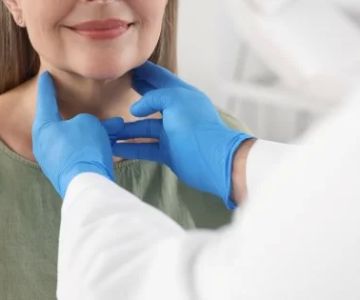

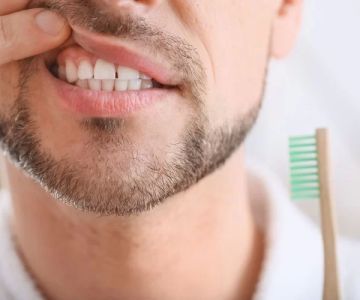
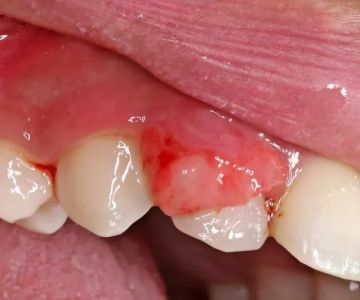
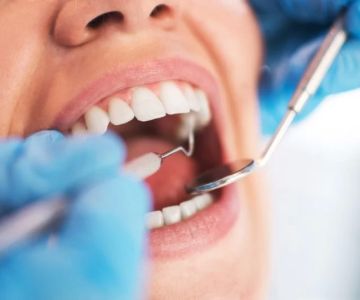
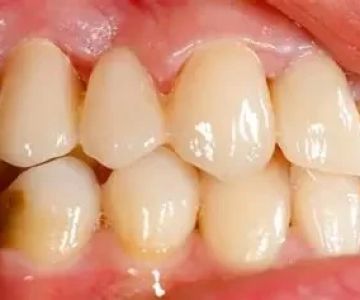
 Personal Touch Dentistry: Wilma F. Antonio, DDS4.0 (234 review)
Personal Touch Dentistry: Wilma F. Antonio, DDS4.0 (234 review) Bensalem Dental Specialties Center3.0 (162 review)
Bensalem Dental Specialties Center3.0 (162 review) Charm Dental Group3.0 (14 review)
Charm Dental Group3.0 (14 review) Cavity Detective Pediatric Dentistry5.0 (81 review)
Cavity Detective Pediatric Dentistry5.0 (81 review) Divine Dentistry4.0 (434 review)
Divine Dentistry4.0 (434 review) Westside Pediatric Dental and Orthodontic Group: Michael L. Kleinman, DDS5.0 (89 review)
Westside Pediatric Dental and Orthodontic Group: Michael L. Kleinman, DDS5.0 (89 review) The Importance of Oral Health Education During Pregnancy for a Healthy Pregnancy
The Importance of Oral Health Education During Pregnancy for a Healthy Pregnancy Best Tips for Brushing Your Teeth Properly for Healthy Gums: Essential Techniques for Oral Health
Best Tips for Brushing Your Teeth Properly for Healthy Gums: Essential Techniques for Oral Health Why Skipping Dental Checkups Can Lead to Bigger Oral Health Problems
Why Skipping Dental Checkups Can Lead to Bigger Oral Health Problems Advantages of Porcelain Dental Restorations
Advantages of Porcelain Dental Restorations How Can Diabetes Cause Tooth and Gum Problems? Preventing and Managing Oral Health Issues
How Can Diabetes Cause Tooth and Gum Problems? Preventing and Managing Oral Health Issues Healthy Habits for Promoting Good Oral Health and Hygiene: Tips for a Healthy Smile
Healthy Habits for Promoting Good Oral Health and Hygiene: Tips for a Healthy Smile